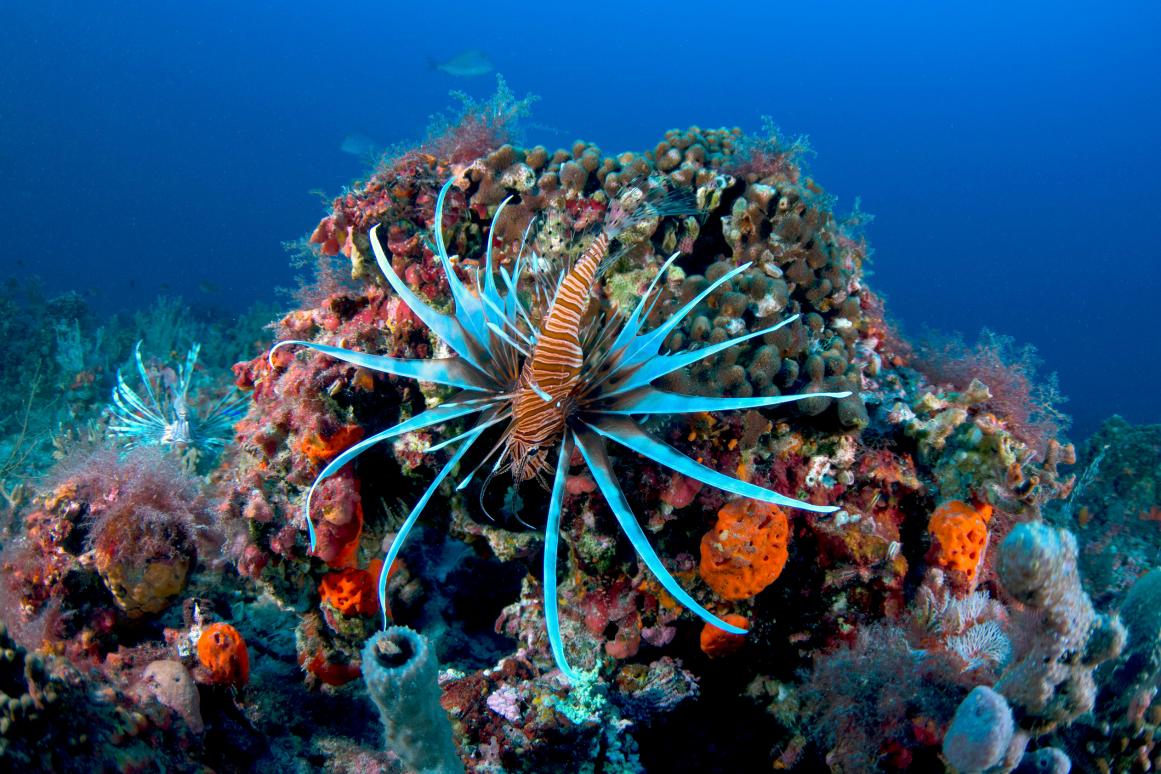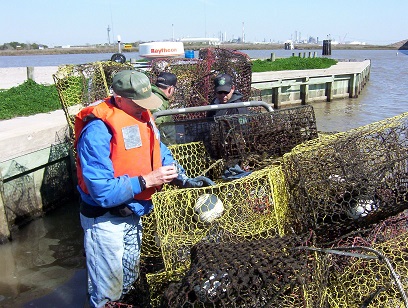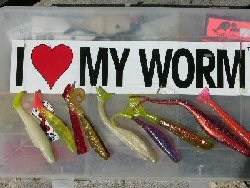TPW Magazine – Gently Down the Stream
Wednesday, March 1st, 2017This is Passport to Texas
Photo-journalist, Camille Wheeler, grew up in a farming and ranching family in West Texas, and remains a country girl at heart, despite living in the Capital City since the mid-1990s.
I didn’t grow up around very much water. So, while I was a country girl, I’ve always had a fascination with rivers and streams.
Given her fascination for flowing water, she wondered why she’d never explored Austin’s Lady Bird Lake.
So, about a year ago [in January], I went out—really for the first time by myself—on a kayak, on Lady Bird Lake. And the lake was just filled with all these wintering birds. And the double crested cormorant is one of my favorite birds in the world. There were so many of them, and I could paddle up close to them and take pictures. And I was like: Why have I not been doing this?
She discovered Lady Bird Lake is in Texas Parks and Wildlife’s Paddling Trails Program, which gave her an idea for an article. She shared the idea with TPW magazine’s editor, and the agency’s nature tourism manager.
We came up with this idea of me traveling around the state as a beginner [paddler] who has medium knowledge of birds, and putting the two things together for readers.
Read about it in the March issue of Texas Parks and Wildlife Magazine. On tomorrow’s show: how Camille Wheeler found the middle of nowhere in the middle of everywhere on an urban paddling trail.
That’s our show for today… Funding provided in part by Ram Trucks. Guts. Glory. Ram
For Texas Parks and Wildlife, I’m Cecilia Nasti.







 Passport to Texas is a
Passport to Texas is a  Passport to Texas is made available by:
Passport to Texas is made available by: